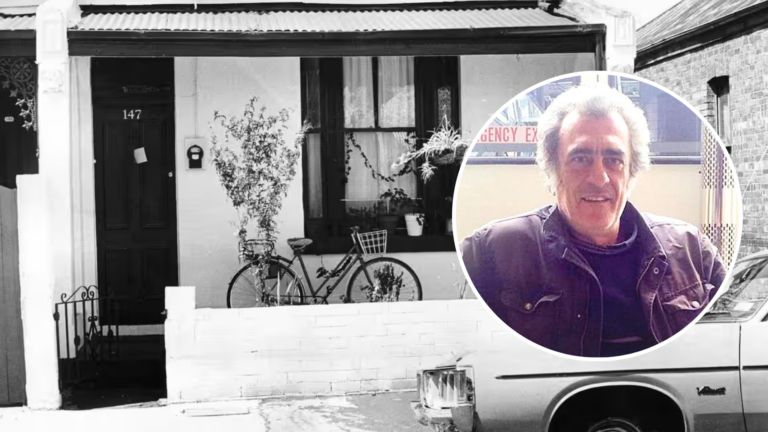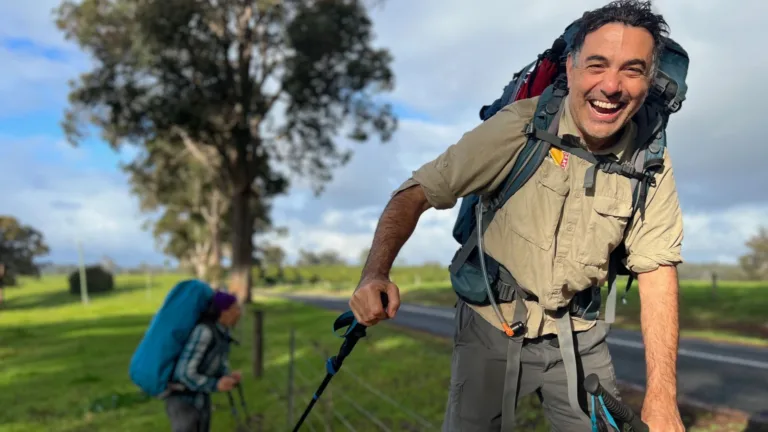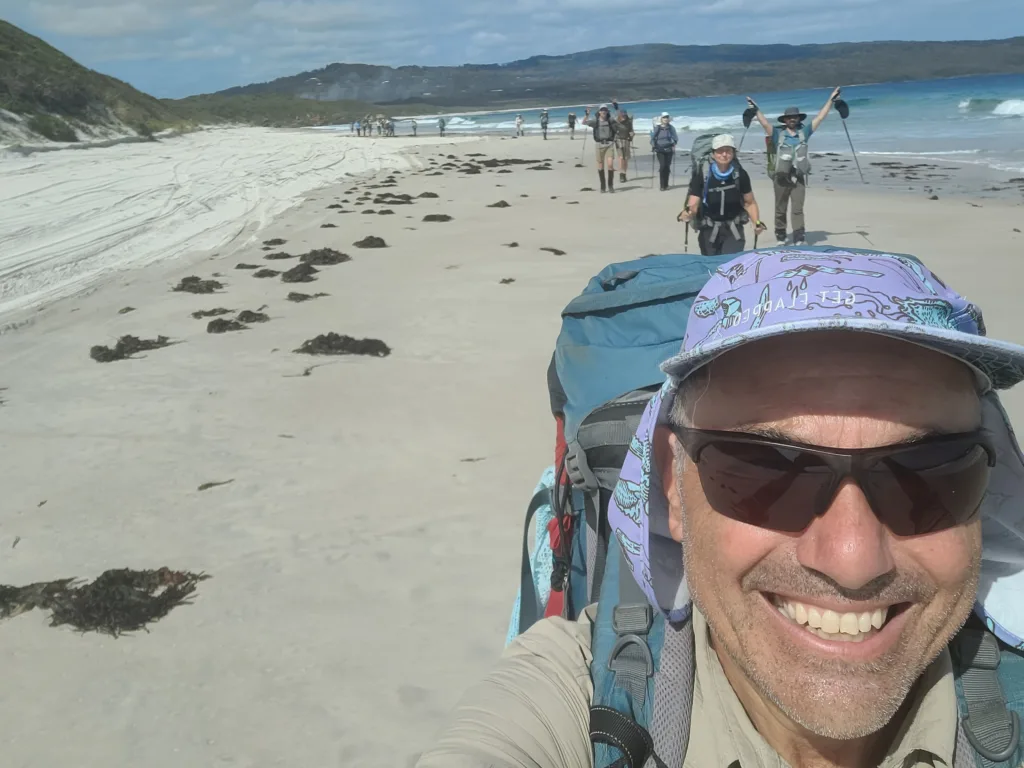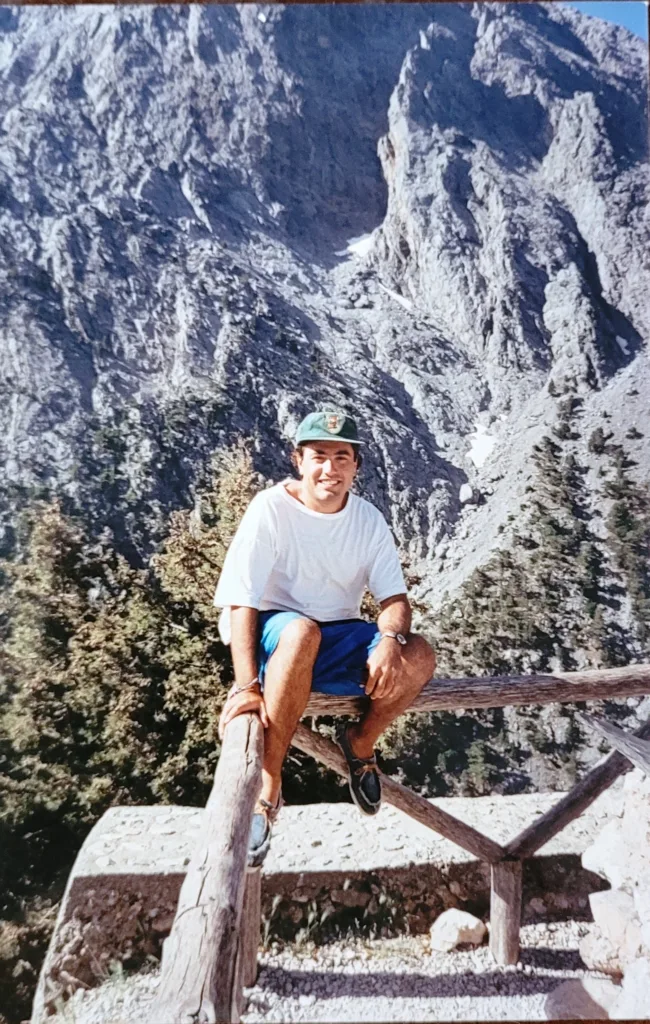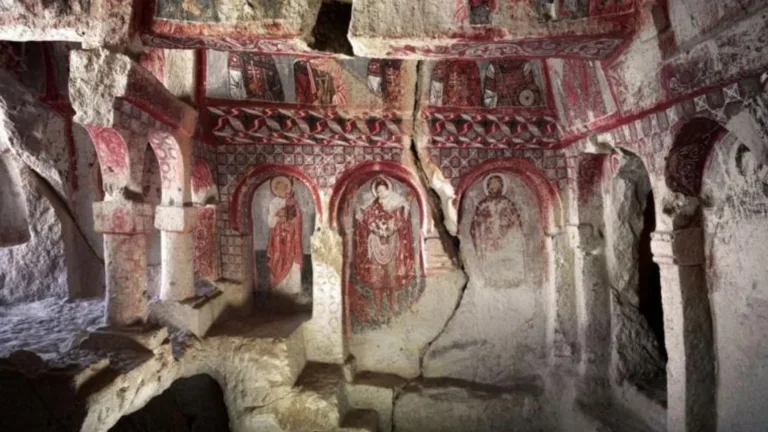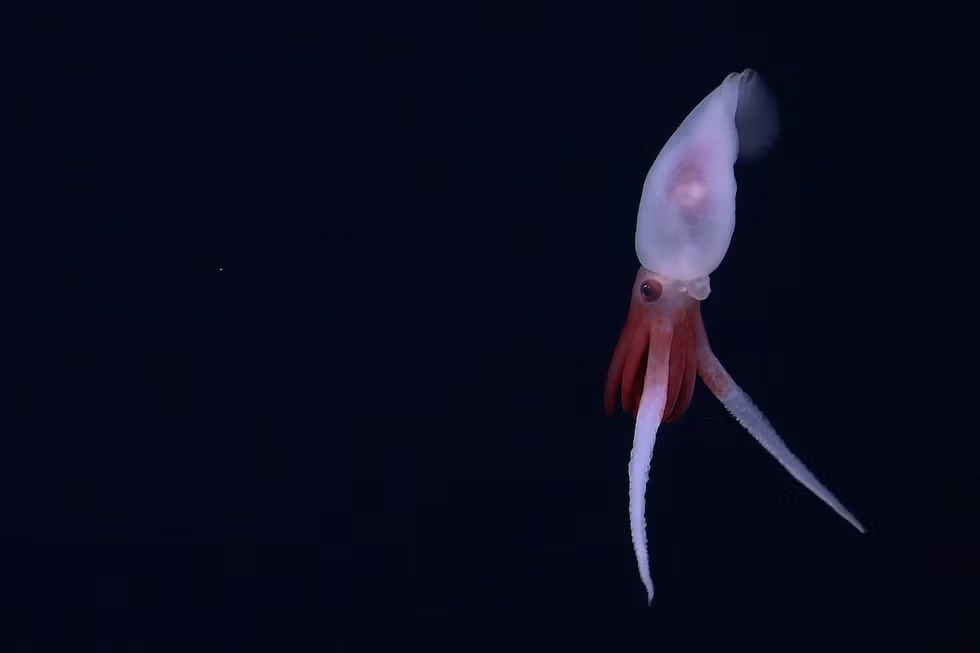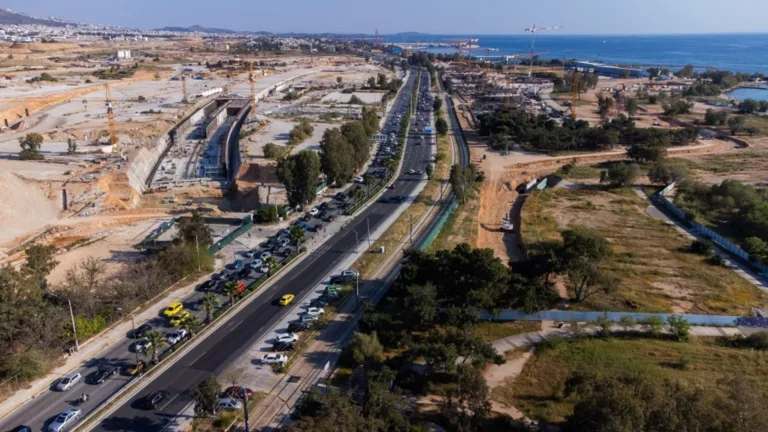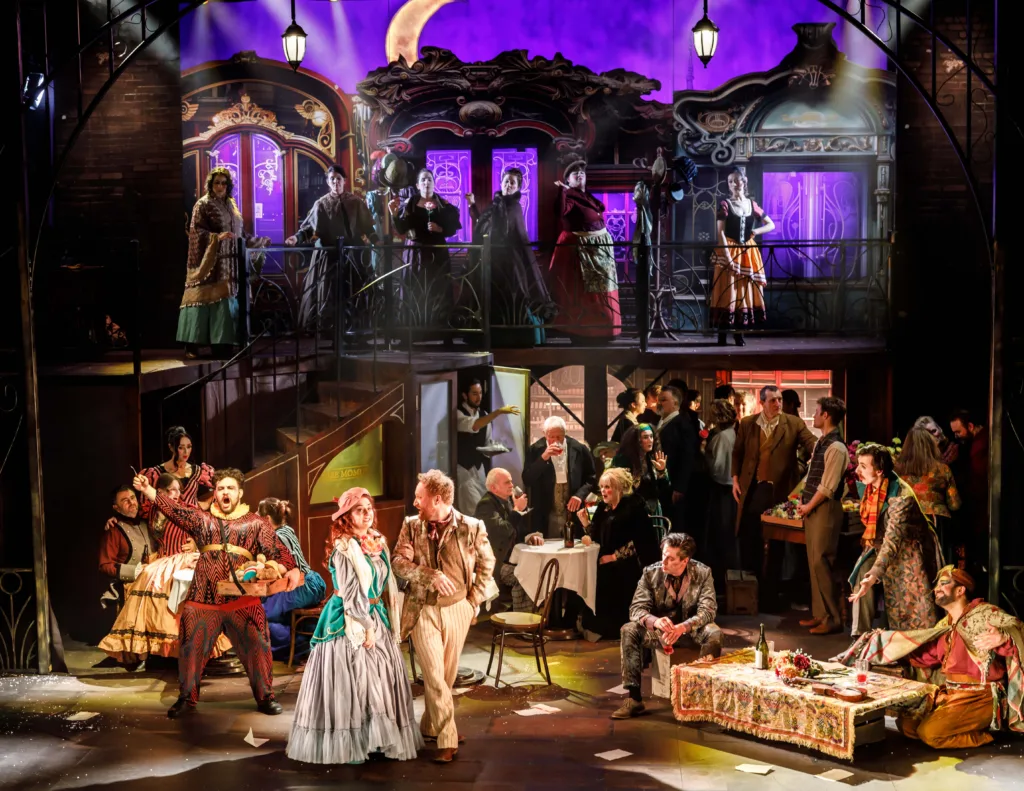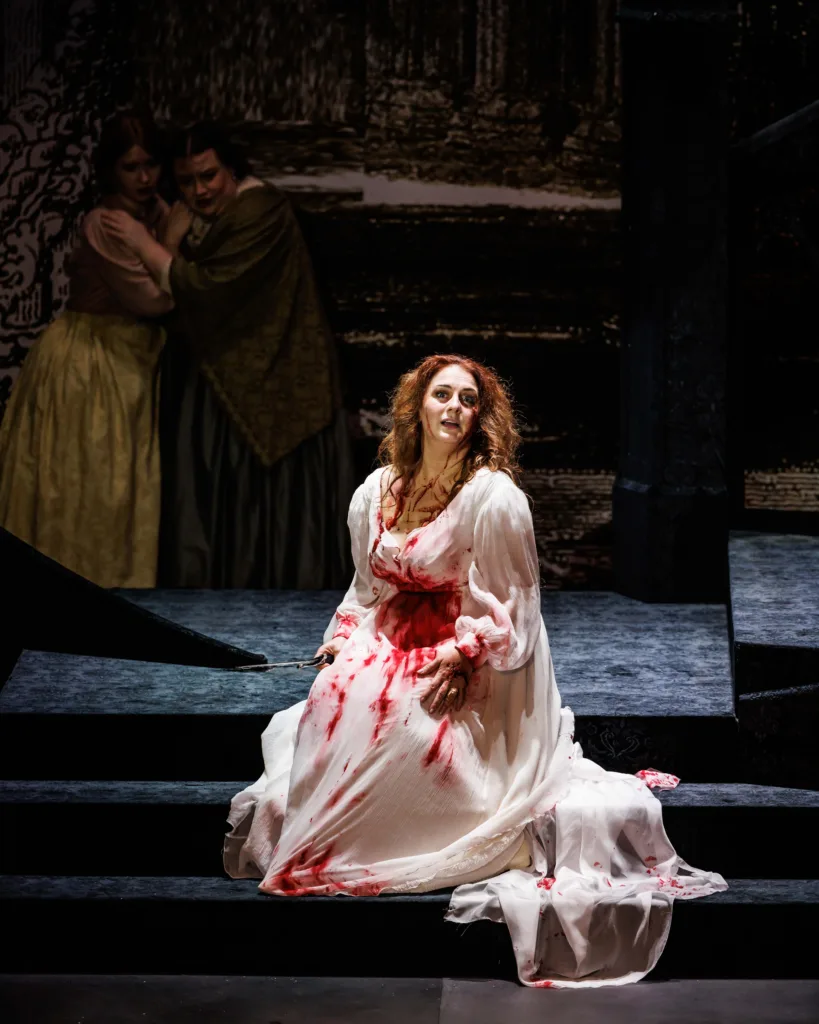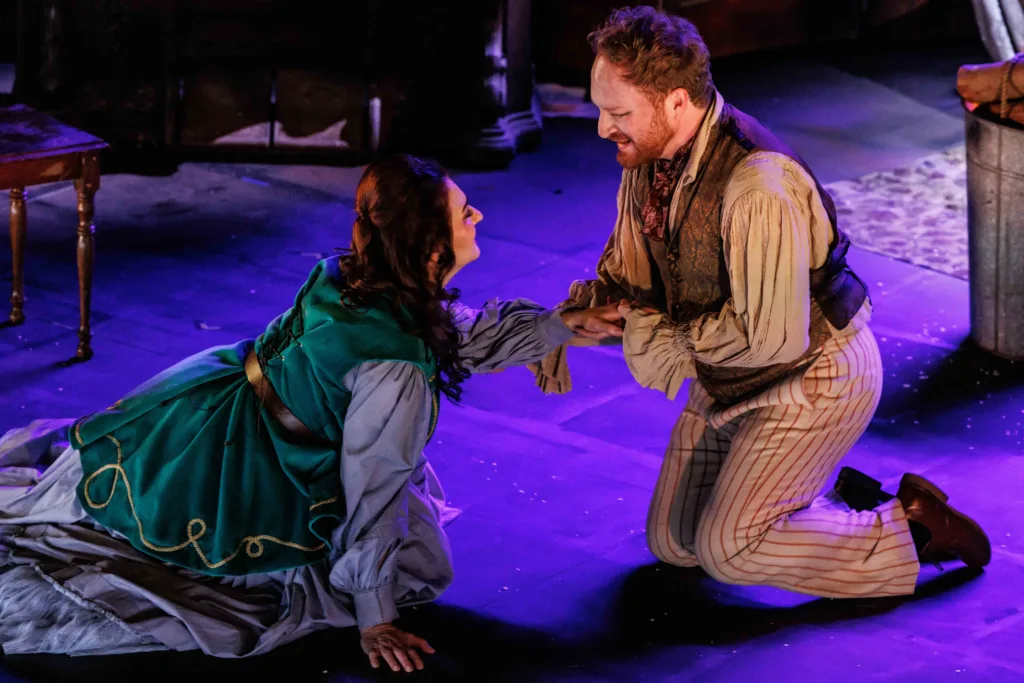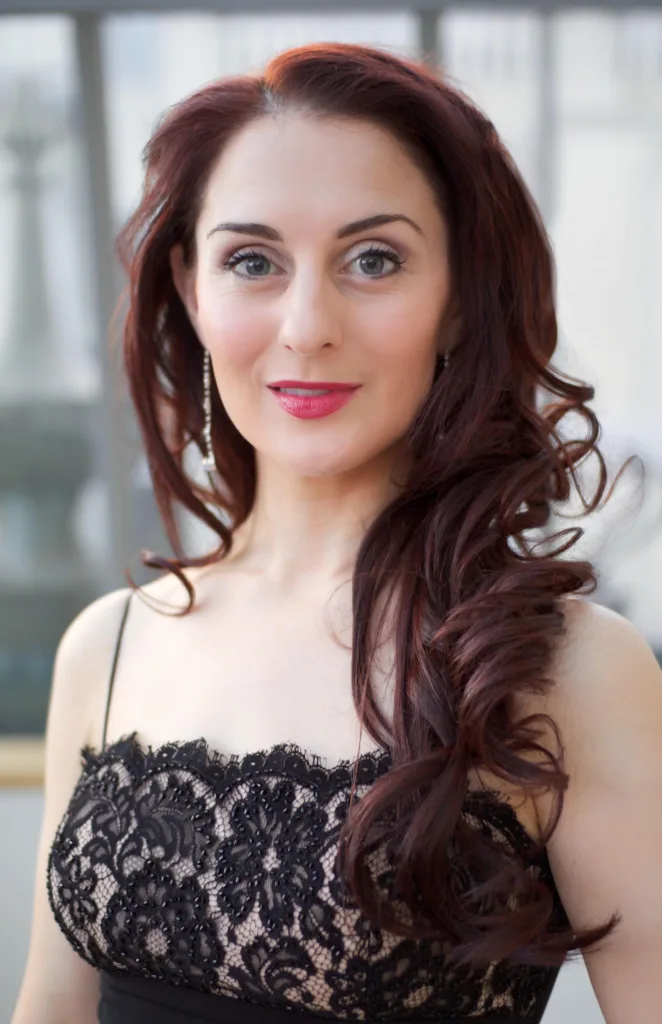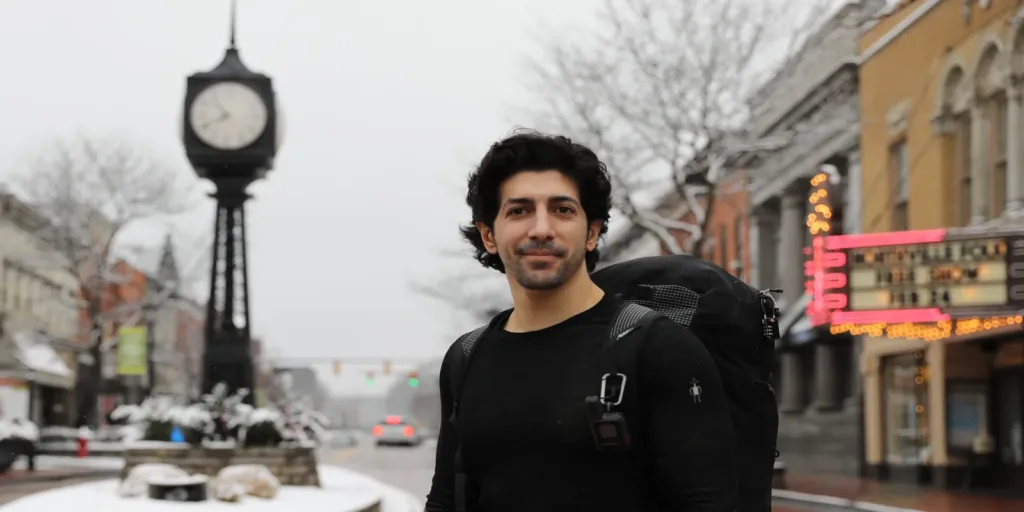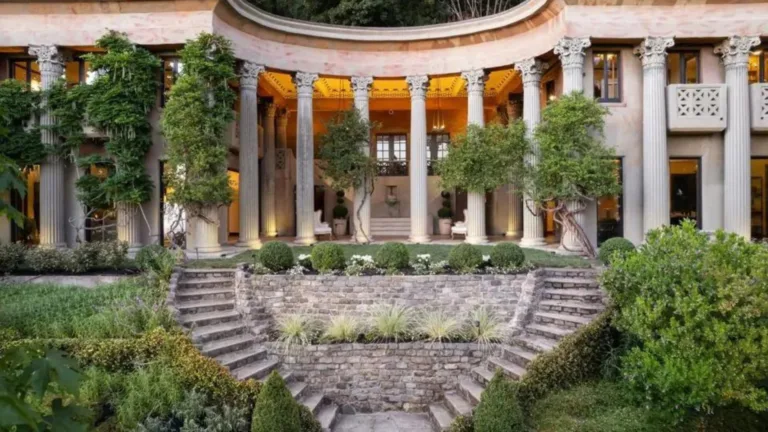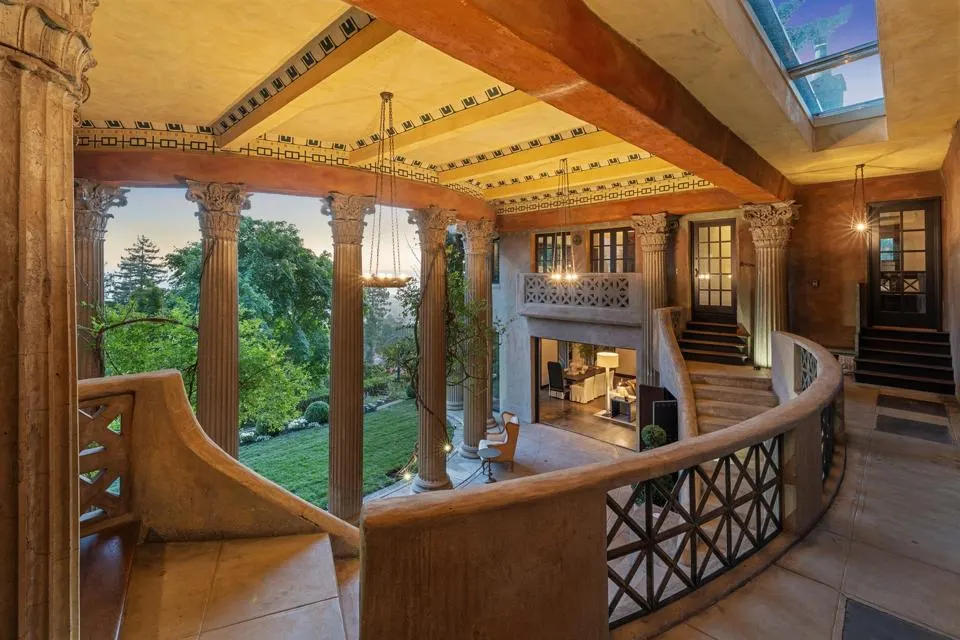By Billy Cotsis
The 2024 Democratic National Convention (DNC) was a party. The DNC roll call had music, fun and community spirit compared to the one undertaken by the Republican National Convention which felt like a wake.
I was mesmerised by Lebanese-born superstar NBA coach/player Steve Kerr who delivered a speech at his former home, the United Centre of the Chicago Bulls. He helped the Dems reclaim the chants of USA, USA, from Make America Great Again (MAGA) nationalists. I was captivated by speeches from Michelle Obama, Barrack Obama, Oprah Winfrey, among many coherent speakers who seemed able to use the term ‘hope’ and the English language. Even Biden seemed energised.
Hulk Hogan aside, the Republican equivalent was a yawn fest and an avenue to glorify a cult leader. Therein are some of the problems of US politics, which relies on glitz, glamour, celebrity names, and is limited in party options. The second biggest party is reliant on a man who attempted a coup.
In Brasil, the government had a similar coup attempt and immediately took action, banning former president and alleged terrorist, Bolsanaro from running for eight years. I was in Brazilia just several days before the coup attempt. I marvelled at the speedy action of authorities. The US instead seemingly rewards coup-like behaviour by allowing Trump to run. Meanwhile, January 6 coup participants went to prison in his place.
Democrats consist of moderates to lefties and the Republicans who no longer resemble Ulysses Grant, Lincoln or war hero John McCain, resemble a far-right cult. Trump gained the nomination without once debating fellow primary candidates. What is even more concerning, US elections via primaries start almost 18 months before the next president is sworn in.
What does that mean?
Elected officials spend most of their time horse-trading, fundraising billions collectively from corporate America and Super-Pac’s instead of focusing on their current jobs. It is estimated that Harris and Trump will generate two billion for their campaigns by election day. Both candidates will then have “obligations” to reward big donors with plum positions and posts, be it the fossil fuel industry, NRA, AIPAC, weapons manufacturers, billionaires etc. This alone ensures that presidents are beholden to these groups, making policy that reflects donor needs.
Thankfully the Democrats have a broader base which includes socialists such as Bernie
Sanders, kind hearts such as AOC and Pete Buttigieg who are politicians not reliant on big donors and therefore able to promote policies reflecting the community.
The US does have a third, credible party, the Libertarians. This year the party is led by a young man who has no fealty to anyone and a range of policies that appeal to people fed up with Washington.
Beyond that, some state ballots will see third party candidates, should they qualify, such as Greens led by Jill Stein and various civil rights advocates. These groups and individuals have limited bearing on results. Kanye took about half a million votes in 2020. The worm loving, bear bashing nutter RFK Jr would have taken a million votes had he not succumbed to whatever Trump promised him.
Voting is not compulsory which means that an estimated 60% of eligible voters determine the election. Biden beat Trump by 7 million votes in 2020, thanks in part to Obama and Trump’s poor handling of COVID-19. Almost 160 million voted in that election out of 239 million registered to vote. One of the great aspects of democracy in Australia is that it’s compulsory to vote. We have more parties to choose from, sometimes turning the senate paper into a tablecloth. Everyone should have a voice. In many minority areas in Red states in the USA, voting can take hours. A design flaw or a way to take civil rights from those who worked hard to gain their civil rights?
Electoral College
This is one College where no one graduates, and certainly without Honours for some such as GW Bush or Trump.
The four who came together to write the American Constitution thought it would be a clever idea to create a system that did not reward the candidate with the most votes in the nation. Many times, including 2016, the Republican candidate lost the popular vote, yet won the presidency based on the Electoral College system.
A successful candidate therefore needs 270. Hence, a small number of states, which we shall call the Swingers, will determine an election as we already know how 43 states will vote, usually Blue for Democrats such as California and the former Kingdom of Hawaii or Red ala Tennessee, Alabama. Each state is allocated a certain number of college votes based on population. At this election, states such as Pennsylvania, Wisconsin, Arizona, Nevada, Georgia, West Virginia, Michigan are in play. This is where the election will be decided. Michigan with a strong Palestinian leaning base is likely to fall to Trump as Arabs who vote Democrat won’t vote. It means Trump can take the White House if he wins say Pennsylvania, Nevada, Michigan and perhaps one other. Trump will lose the popular vote for the third straight election.
Want to hear something even more crazy? The elections are decentralised with state laws mostly used to regulate the elections. Each state’s election winner is called by the media, yes CNN to Fox News get to make the call.
Each state has an assigned number of electoral collage “voters” who theoretically cast the vote for the winner. There have been instances when that has not happened. At the last election, MAGA Republicans came up with an illegal scheme to send fake electors to Washington to cast votes for Trump – Electoral College “voters” have to declare in front of Congress who won in order to certify the winner. This process is undertaken in a session controlled by the Vice President.
Had the fake electors scheme worked, and Mike Pence as VP had overseen this fraud, Trump would have been president instead of Biden.
But there is a Supreme Court….
Yes indeed, stacked with Trump loyalists and in the case of Clarence Thomas, the whiff of corruption remains in the air as he routinely takes gifts from Republicans. Judges are allowed to accept gifts after they have decided a case! Essentially a third branch of government, unaccountable in the most part and elected by Congress, with no term limits.
To say it in French, US democracy, my ass!
Congress can invite corrupt leaders such as Netanyahu to address a joint session, spend countless days arguing over who should be speaker, and is usually controlled by the party not in the White House, creating a stalemate to pass legislation. The president has to sign off on legislation which becomes moot if they are on the opposite side. Many in Congress are beholden to big donors such as NRA, pharmaceuticals, weapons industry and fossil fuels. Annually Congress holds the budget hostage meaning federal workers become at risk of not being paid.
The US system of democracy is a mess. Unhealthy, unbalanced. Rarely is it a voice of the people as Jasmine Crockett or Jamie Raskin attempt to be. Far too many in Congress/Senate are there to stifle progress, ala Mitch McConnell who was asked in 2010 what his agenda as Senate Leader would be, answering, “to oppose every bit of the Obama Administration!”
Recently I watched a republican challenge a civilian speaker to a fist fight, while others use Congress to tell blatant lies, but supported by Fox News, it becomes a “truth” in MAGAland.
USA is no beacon of democracy and needs reform. Big money which needs to be capped from billions to a lot less, interest groups, far right media, an unelected Supreme Court, few alternatives to vote for and avenues for an election to be circumvented.
Australia is not perfect either as we have a King as head of state and Murdoch influences a lot of policies, but our democracy is superior. If we cap what donors can donate and by whom, have our own elected head of government, we will be almost as perfect as say Iceland. Until then I urge Western countries not to be influenced by the mess and the struggling democracy of the USA.
*Billy Cotsis is a writer and documentary maker who has travelled to most Western democracies


